"Elahs" against tanks
The experience of combat operations in the initial period of the Great Patriotic War showed a sufficiently high combat effectiveness of the IL-2 during operations on uncovered manpower, artillery and mortar positions, train echelons and transport convoys.
Moto-mechanized columns attack aircraft Il-2 usually attacked with a strafing flight (approach height to the target 25-30 meters) along the column or at an angle 15-20 degrees to its long side. The first blow was struck on the head of the column in order to stop its movement. The opening range of fire 500-600 meters. Aiming was carried out "on the column in general" with sighting of tracer bullets from ShKAS machine guns. Then, taking into account the position of the route of bullets relative to the target, fire from cannons and the RS opened. The effectiveness of the IL-2 side fire on the targets that made up the columns (infantry in vehicles, armored vehicles, artillery, etc.) was quite high.
However, the 20-mm ShVAK air guns and 23-mm VYa that were part of the on-board armament could effectively deal only with light tanks, armored personnel carriers and armored vehicles.
During the fighting it turned out that the attacks of German light and medium tanks with Il-2 attack aircraft armed with ShVAK cannons along the column were completely ineffective due to the fact that the frontal armor of German tanks had a thickness of 25-50 mm and a ShVAK cannon did not penetrate.
The ground tests of the ShVAK cannon when shooting at captured German tanks conducted by 8 in June-July 1942 showed that the ShVAK cannon armor-piercing projectile can penetrate the chrome-molybdenum steel armor with increased (up to 0,41%) carbon content up to 15 mm thick (Pz.II tanks Ausf F, Pz.38 (t) Ausf C, BTR Sd Kfz 250) at meeting angles close to the normal from a distance of no more than 250-300 m. When deviating from these conditions, firing of the ShVAK cannon became ineffective.
So, by increasing the angle of the projectile with armor above 40 degrees, solid bounce even in areas of armor 6-8 mm thick were obtained. For example, from 19 hits obtained when firing from this gun on an Sd Kfz 250 BTR (approach height 400 m, planning angle 30 degrees, opening distance 400 m), there were 6 through holes in the board (armor thickness 8 mm), 4 - in the roof of the engine hood (armor thickness 6 mm), 3 bounce and 6 chassis hits. Hitting the undercarriage as a rule did not cause significant damage to armored vehicles.
The appearance on the front from August of the 41-1 Il-2 attack aircraft with cannoners WN-23 of the 23 mm caliber increased the combat effectiveness of the assault air units, but not as much as it should have been - the performance of the modified Illov against Wehrmacht armored vehicles remained low .
An armor-piercing incendiary 23-mm projectile of an air cannon VY at a distance of 200 meters pierced along the normal 25-mm armor. IL-2, armed with guns WN-23, could defeat only light German tanks, and even then when attacking the latter from behind or from the side under planning angles up to 30 °. The attack of the IL-2 by any German tank in the front both from the planning and from the strafing flight was completely ineffective, and the average German tanks were also attacked from behind.In the opinion of experienced pilots, the most convenient and effective shooting from an IL-2 aircraft with cannons WN-23 at German tanks, in terms of orientation, maneuvering, time spent on a combat course, firing accuracy, etc., was firing from planning at an angle 25-30 ° with an input height in planning 500-700 m and input speed 240-220 km / h (output height - 200-150 m). The planning speed of a single IL-2 at these angles increased slightly - only at 9-11 m / s, which allowed maneuvering for aiming at the sight and the track. The total time of the target's attack (eliminating side gliding when turning on the target, aiming and firing from guns) in this case was quite sufficient and ranged from 6 to 9 sec, which allowed the pilot to make two or three target queues based on the elimination of the side Sliding attack aircraft when turning on the target must be spent around 1,5-2 sec, 1,5-2 sec also required for aiming and correcting intersection between the queues, and the queue length does not exceed 1 sec (firing of VY cannons more than 1-2 sec led to being Nome and crosstalk disturbance to a sharp increase shells dispersion, i.e. a decrease in accuracy). The range of the beginning of aiming at the tank was 600-800 m, and the minimum distance of opening fire - about 300-400 m.
In this case, it was possible to achieve the hit of several shells into the tank. It should be borne in mind that not all the shells in the ammunition were armor-piercing. And the angle of the meeting with the tank armor was often not optimal for penetration.
The firing accuracy of the RS-82 and PC-132 rockets used in the Il-2 armament made it possible to effectively hit area targets, but it was clearly insufficient to fight tanks.
Field firing of standard PC-82 and PC-132 rockets, conducted at the NPC AV VVS KA, as well as the experience of the combat use of IL-2 at the front, showed little effectiveness of this type weapons when acting on small targets due to the large dispersion of projectiles and, consequently, a low probability of hitting the target.
The average percentage of PC-82 hits on a tank point when shooting from a 400-500 m distance, shown in the report, was 1,1% and only 3,7 direct hits were received from the 186 projectile column. The height of the approach to the target is 7 m and 100 m, the planning angles are 400-5 ° and 10 ”, respectively, the aiming range is 30 m. The shelling was conducted with single shells and a volley at 800, 2 and 4 shells.
When firing it turned out that the PC-82 can defeat German light tanks like Pz.II Ausf F, Pz.38 (t) Ausf C, as well as the Sd Kfz 250 armored vehicle only with a direct hit.
Gap PC-82 in the immediate vicinity of the tank (0,5-1 m) does not inflict any damage. The smallest possible deviation was obtained in a volley from the 4-x PCs at the planning angle 30 degrees.
The PC-132 firing results were even worse. Attack conditions were the same as when shooting PC-82, but the launch range was 500-600 m. The PC-132 probable circular deviation in range for planning angles of Il-2 25-30 was approximately 1,5 times higher than for PC-82, and for planning angles 5-10 degrees - almost the same.
To hit a light and medium German tank with a PC-132 projectile, only a direct hit was required, because when the projectile ruptured near the tank, the tank, as a rule, did not receive significant damage. However, it was very and very difficult to achieve a direct hit - from 134 PC-132 shots made by ground pilots with varying degrees of training, there was not a single hit in the tank.
Especially for the fight against tanks were created aviation rockets with armor-piercing warhead - RBS-82 and RBS-132. Which, when hit normal, pierced 50 mm and 75 mm armor, respectively. These shells were created on the basis of the RS-82 and RS-132. In addition to the new warhead, the shells had a more powerful engine, due to this they increased, the flight speed of the RS and the probability of hitting the target. As shown by field tests. The RBS penetrated the tank armor and then exploded, causing severe damage inside the tank. Armor-piercing RSs were successfully used in battles in August 1941. However, their mass release began only in the second half of the war. Despite the improved accuracy and armor penetration rates, rockets did not become an effective means of fighting tanks. Penetration greatly depended on the angle of encounter with the armor, and the probability of hitting remained insufficient.
In the arsenal of IL-2, along with missiles RBS-132, which had armor-piercing warhead, as a means of fighting the German armored vehicles, rocket missile defense rocket-rocket-132 strengthened by this time with improved, compared to RBS-132 or PC-132, accuracy firing. The warhead of the ROFS-132 projectile ensured the penetration (through a direct hit) of armor of medium-sized German tanks.
When ROFS-132 was broken near the tank at a distance of 1 m from it, the fragment kinetic energy at the elevation angle in 30 was enough to break through the German tank armor with a thickness of up to 15 mm. At an elevation angle in 60, a gap of ROFS-132 at a distance of 2-meters from the tank ensured penetration of tank armor with a thickness of 30 mm by fragments.
With a direct hit ROFS-132 in the side, for example, tank Pz. IV (or into the side of a fighter tank Jgd Pz IV / 70) 30-mm armor penetrated, and the equipment and crew inside the tank, as a rule, were disabled. Contact ROFS-132 in the motor part of the Pz. IV led to the destruction of the tank.
Unfortunately, despite the increase in accuracy of ROFS-132 firing, their effectiveness in firing at tanks and other armored vehicles in dispersed battle formations, to which the Germans went everywhere by this time, was nevertheless unsatisfactory. The best results of ROFS-132 were given when shooting at large area targets - motorized columns, trains, warehouses, field and antiaircraft artillery batteries, etc.
In order to increase anti-tank capabilities, simultaneously with the launch of the IL-2 into mass production, work began on arming the attack aircraft 37-mm air guns ShFK-37.
After passing state tests in October 1941 of the year, in the second half of 1942, a small series of 10 units was launched with the IL-2 variant armed with 37-mm ShFC-37 cannons.
The 37-mm ShFK-37 aviation gun was developed under the direction of B.G. Spit The weight of the gun with the installation on the IL-2 was 302,5 kg. The firing rate of PFC-37 according to field test data was on average equal to 169 rounds per minute with an initial velocity of the projectile around 894 m / s. The ammunition guns included armor-piercing incendiary tracer (BZT-37) and fragmentation incendiary tracer (OST-37) projectiles.
The BZT-37 projectile ensured the penetration of German tank armor 30 mm thick at an angle 45 degrees. normals from a distance of no more than 500 m. Armor 15-16 thick mm and less projectile punched at meeting angles of no more than 60 hail. at the same distances. Armor 50 mm thick (frontal part of the hull and turret of medium-sized German tanks) was pierced with a BZT-37 projectile from distances no more than 200 m at meeting angles not exceeding 5 degrees.
At the same time, 51,5% hits of the SFC-37 cannon shells on the medium tank and 70% hits on the light tank put them out of action.
Hit 37-mm shells in rollers, wheels and other parts of the undercarriage of tanks caused them significant damage, as a rule, disabling the tank.
The report on the ground tests of the SFC-37 cannons on the Il-2 aircraft emphasized that the flight crews should be well trained in conducting aimed fire with short bursts (2-3 projectile in the queue) for small-sized targets such as a separate tank, car, etc. . That is, for successful use of the IL-2 with the ShFK-37 guns, the attack pilot had to have excellent shooting and flight training.
The large dimensions of the PFC-37 cannons and the store supply (the capacity of the 40 projectile shop) determined their placement in the fairing under the wing of the IL-2 aircraft. Because of the installation on the cannon of a large store, it had to be strongly lowered down relative to the building plane of the wing (aircraft axis), which not only complicated the design of attaching the cannon to the wing (the cannon was attached to the shock absorber and moved along with the magazine when firing), but also required it is bulky with a large cross-section fairings.
Front-line tests showed that the flight data of the IL-2 with the large-caliber ShFK-37 air cannons, compared with the serial IL-2 with the ShVAK or VY cannons, decreased markedly. The plane became more inert and difficult in the technique of piloting, especially on turns and turns at low altitude. At high speeds, maneuverability deteriorated. Pilots complained of significant load on the rudders when performing maneuvers.
Accurate firing of ShFK-37 cannons on an Il-2 aircraft was greatly hampered due to the strong recoil of the cannons during firing and asynchronism in their work. Due to the large spacing of the guns relative to the center of mass of the aircraft, and also due to the insufficient rigidity of the gun mount, the attack aircraft experienced strong shocks, "pecks" and fired from the aiming line when firing, and this in turn, taking into account the insufficient the longitudinal stability of the "Elah", led to a significant dispersion of projectiles and a sharp decrease (by about 4 times) the accuracy of fire.
Shooting from the same gun was completely impossible. The attack aircraft immediately turned in the direction of the firing gun so that it was impossible to introduce an amendment to the aiming. In this case, hitting the target could only be the first projectile.
During the entire test period, the SFC-37 guns worked unreliably - the average percentage of the ammunition that fell on one failure was only 54%. That is, almost every second flight on the Il-2 combat mission with ShFC-37 cannons was accompanied by the refusal of at least one of the cannons. The maximum bombardment of the attack aircraft decreased and amounted to just 200 kg. All this significantly reduced the combat value of the new attack aircraft. As a result, the installation of guns ShFK-37 on the IL-2 aircraft was not found for most of the front-line pilots.
Despite the failure of the air cannon ShFK-37, the work on the reinforcement of the Il-2 armament continued. First of all, this was due to the fact that by the spring of 1943, the Wehrmacht’s only armor gates, with which “Elah” could still successfully fight using cannon armament, were only lightly armored armored vehicles, armored personnel carriers, and self-propelled guns (like “Wespe” and .d.) and anti-tank SAU (type "Marder II" and "Marder III"), created on the basis of light tanks. Actually, there were almost no light tanks in the Pancervaffe on the Eastern Front. They were driven out by more powerful medium and heavy tanks.
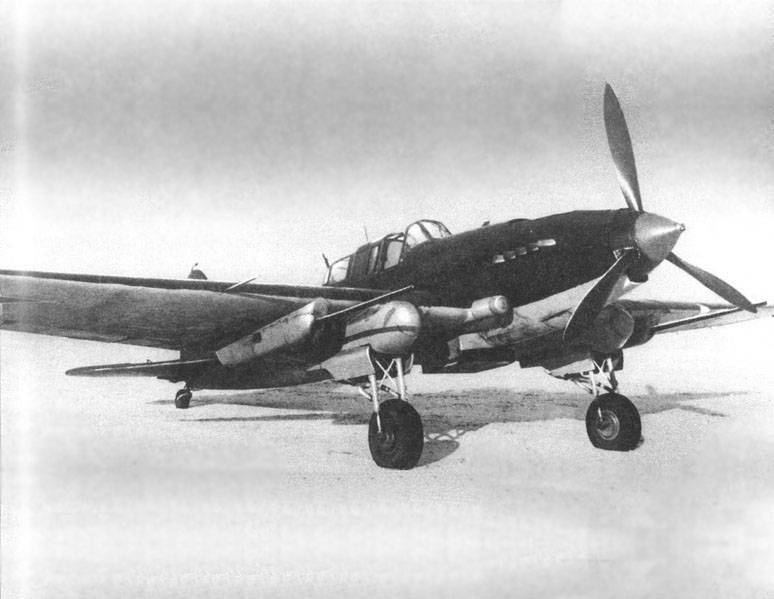
In this regard, in order to improve the anti-tank properties of the assault aircraft of the Red Army, by the Decision of the State Defense Committee No. 3144 of X-N-XX April 8, the aircraft-plant No. 1943 undertook to produce two-person attack aircraft Il-30 AM-2 with two guns of the 38 mm XNUM-X cal-2X-X attack gun. OKB-37 with 11 ammunition for shells per gun, without missiles, with a bomb load of 37 kg in the normal version and 37 kg in the reloading one.
The ribbon power supply of the HC-37 guns allowed them to be placed directly at the bottom surface of the wing using structurally very simple and quick-release fasteners. The guns were closed with relatively small fairings, each of which consisted of two easily opening flaps. Ammunition for each gun fit directly into the wing compartments. The weight of one HC-37 gun with ammunition was 256 kg.
Ammunition for the NS-37 gun consisted of cartridges with armor-piercing incendiary-tracer (BZT-37) and fragmentation-incendiary-tracer (OST-37) shells. Armor-piercing shells were designed to destroy ground armored targets, and fragmentation - to destroy air targets. In addition, for the new gun was designed and sabot projectile. Compared to ShFK-37, the NS-37 air cannon proved to be more reliable and rapid-fire.
20 July 1943 of the year began military testing of the Il-16 with two 2-mm air guns НС-37, which lasted until December 37. In total, X-NUMX Il-96 attack planes with NS-2 were involved in troop testing.
The deterioration of the flight characteristics of the new attack aircraft, as well as the IL-2 with the ShFK-37 guns, was due to the large separation of the masses in wing span and the presence of the fairings of the guns, which impair the aerodynamics of the aircraft. In the whole range of IL-2 alignments with HC-37, it did not have longitudinal stability, which significantly reduced the accuracy of shooting in the air. The latter was aggravated by the strong recoil of guns when firing from them.
The tests showed that the shooting of the Il-2 aircraft from the NS-37 cannons was necessary only for short bursts of no more than two or three shots, since when firing two cannons at the same time due to the asynchrony of their work, the aircraft experienced significant pecks and misled the aiming line. The correction in aiming in this case was in principle impossible. When firing from one cannon, hitting the target was possible only with the first shot, since the attack aircraft turned towards the firing cannon and an amendment to the aiming became impossible. The defeat of the same point targets - tanks, armored vehicles, cars, etc. during normal operation of the guns was quite achievable.
In this case, hits in the tanks were received only in 43% departures, and the number of hits to the used ammunition was 2,98%.
According to the general opinion, the aircrew flying on the Il-2 with the NS-37, attack aircraft with attacks of small-sized targets had no advantages over the Il-2 with smaller caliber guns (ShVAK or IJ) with a normal bomb load of 400 kg.
According to the results of military tests, the Il-2 armed with the guns НС-37 was not launched into the series.
Unfortunately, the proposal by S.V. Ilyushin to create an aviation machine gun of an aviation machine gun based on an 14,5-mm anti-tank rifle, which had excellent armor-piercing properties, was not implemented. This could significantly increase the ability to combat enemy armored vehicles. Created in the USSR at the end of the 30's 14,5x114-mm cartridge, the entire war was successfully used in anti-tank guns PTRD and PTRS. The BS-41 bullet with a metal-ceramic core fired from these guns had normal armor penetration: 300mm on 35 and 100mm on 40.
The massive defeat of tanks from aircraft guns, widely advertised in films and memoirs, in most cases refers to hunting stories. It is simply impossible to pierce the vertical armor of a medium or heavy tank made of 20-mm - 37-mm aircraft cannon. We can talk only about the armor of the tank roof, which is several times thinner than the vertical and was 15-20 mm in medium and 30-40 mm in heavy tanks. In the aircraft cannon used both caliber and sub-caliber armor-piercing shells. In both cases, they did not contain explosives, and only occasionally a few grams of incendiary substances. In this case, the projectile was supposed to fall perpendicular to the armor. It is clear that in combat conditions shells hit the roof of tanks at much smaller angles, which drastically reduced their armor penetration or ricochet at all. To this we must add that not every projectile, piercing the armor of a tank, put it out of action.
From bomb armaments, when fighting against tanks, the best results were 100 kg high-explosive aerial bombs, the fragments of which pierced armor up to 30-mm thick, when 1-3 m was detonated from the tank. In addition, welds and riveted joints were destroyed by the blast wave.
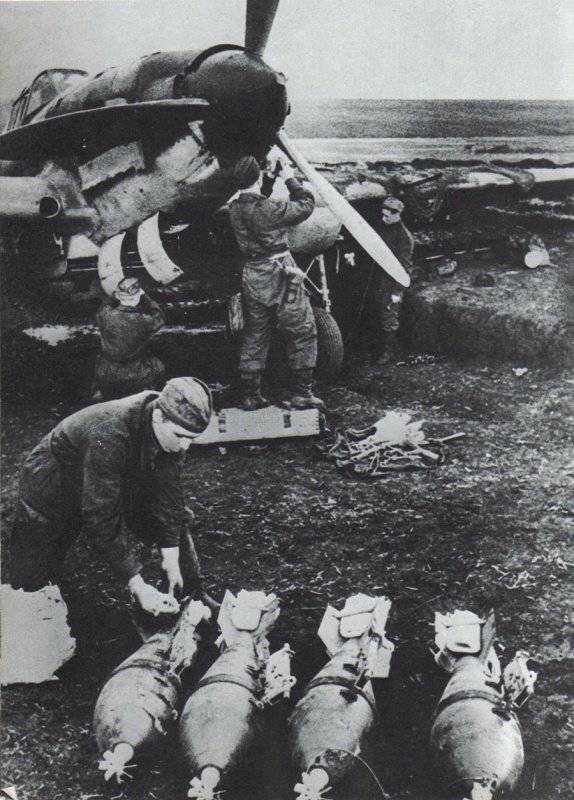
High-explosive 50 kg and fragmentation 25 kg aerial bombs ensured penetration of armor 15-20-mm thick at rupture in the immediate vicinity of the tank.
It is worth noting that the accuracy of the bombing of the IL-2 was not high. The attack aircraft was not adapted to a steep dive and did not have a special bomber sight. The aim of the PBP-16, which was mounted on attack aircraft in 1941, was practically useless with the generally accepted practice of strikes from the flight of flight - the target ran and disappeared from the eyes too quickly for the pilot to use this rather complicated device. Therefore, in the front-line parts of PBP-16, as a rule, they were shooting “by the eye” until the middle of 1942, launching a machine-gun fire at the target and turning the plane depending on where the route went (and dropping bombs by time delay). horizontal flight from heights above 50 and in the autumn 1941-th began to use aim marks on the windshield of the cockpit canopy and the aircraft hood, but they were inconvenient to use and, most importantly, did not provide the required accuracy of bombing.
AJ-2 ampoules with a self-igniting liquid CS proved to be quite effective.
In the IL-2 small bomb cassettes, 216 ampoules were inserted, and the result was a completely acceptable probability of destruction.
When the ampoule fell on the tank, it collapsed, the CS liquid was ignited, if it flowed inside the tank, it was impossible to extinguish it. However, the pilots of the CS ampoule were not to be liked, since their use was associated with a high risk. A stray bullet or shard threatened to turn the plane into a flying torch.
The most effective anti-tank weapon of the Soviet attack aircraft was the special anti-tank bomb PTAB-2,5-1,5 of cumulative action developed at TsKB-22 under the guidance of I.A. Larionov.
The action of the new bomb was as follows. When hitting the tank's armor, the fuse triggered, which through the tetrile detonator bomb caused the detonation of the explosive charge. During charge detonation, due to the presence of a cumulative funnel and a metal cone in it, a cumulative jet was created, which, as field tests showed, pierced armor up to 60 mm thick at an 30 ° meeting angle followed by a destructive action behind the armor: defeating the tank crew, initiating detonation of ammunition , and also ignition of fuel or its vapors.
The minimum height ensuring the alignment of the bomb before meeting the tank's armor surface and the reliability of its operation was equal to 70 m.
The bomb charging of the IL-2 included up to 192 PTAB-2,5-1,5 aerial bombs in 4-x small bombs cassettes (48 pieces each) or up to 220 pieces when they were rationally placed in bulk in 4-x bomb racks.
When PTB was dropped from a height of 200 m from horizontal flight at a flight speed of 340-360 km / h, one bomb fell into an area equal to an average 15 square meter, while, depending on the bomb load, the total area of discontinuities occupied the 190-210 strip square meters, which provided almost guaranteed defeat located in this lane of any tank of the Wehrmacht.
Adoption of the PTAB for some time kept secret, their use without the permission of the High Command was prohibited. This made it possible to use the effect of surprise and effectively use new weapons in the Battle of Kursk.
On the very first day of the battle at Kursk, 5 July 1943, the Red Army air forces for the first time used anti-tank aerial bombs of cumulative action PTAB-2,5-1,5. The first new bombs were tested by pilots of the 2 th Guards and 299 th assault aircraft divisions of the 16 th BA, acting against German tanks in the section of Art. Maloarkhangelsk-Yasnaya Polyana. Here, enemy tanks and motorized infantry were held during the day before the 10 attacks.
The massive use of PTAB had a stunning tactical surprise effect and had a strong moral impact on the enemy. The German tankers, by the way, like the Soviet ones, were already accustomed to the relatively low effectiveness of the bombing attacks of aviation by the third year of the war. At the initial stage of the battle, the Germans did not use dispersed marching and pre-combat orders at all, that is, on the routes of movement as part of columns, in concentration points and in initial positions, for which they were severely punished - the PTAB expansion zone blocked the 2-3 tank removed one from another on 60-75 m, as a result of which the latter suffered significant losses, even in the absence of massive use of IL-2. One IL-2 from a height of 75-100 meters could cover an area of 15x75 meters, destroying all enemy equipment on it.
On average, during the war, the irretrievable loss of tanks from aviation operations did not exceed 5%, after the use of PTAB, in certain sectors of the front, this figure exceeded 20%.
Having recovered from the shock, the German tank crews soon turned exclusively to dispersed marching and pre-battle formations. Naturally, this greatly complicated the management of tank units and subunits, increased the time needed for their deployment, concentration and redeployment, and complicated the interaction between them. On the parking lots, German tankers began to place their cars under trees, light net canopies and install light metal nets over the roof of the tower and the hull.
The effectiveness of IL-2 strikes using PTAB decreased approximately 4-4,5 times, remaining, however, on average 2-3 times higher than when using high-explosive and high-explosive bombs.
In this regard, the following two variants of the Il-2 attack aircraft under the action of the latter on the enemy’s tanks took root in the combat units of the Air Force KA. When the attack was carried out on large tank groups, the Elahs were fully equipped with PTABs, and when attacking tanks directly supporting infantry on the battlefield (that is, in dispersed combat formations), combined ammunition consisting of 50% PTAB and 50% FAB was used -50 or FAB-100.
In cases where the German tanks were concentrated relatively dense mass in a small area, each pilot aimed at the average tank. Aiming was made on the lateral point at the moment of entering into a dive, with a turn on 25-30 °. PTABs were dropped at the point of diving from a height of 200-400 m in two cassettes, with the calculation of the overlap of the entire group of tanks. At low clouds, bombing was carried out from a height of 100-150 m from level flight at an increased speed.
When the tanks were dispersed over a large area, the attack aircraft aimed at individual tanks. At the same time, the height of the PTAB-2,5-1,5 reset at the exit from the dive was slightly less - 150-200 m, and only one cassette was consumed per run.
Combat experience showed that tank losses, on average, 15% of their total number, which were hit by attack aircraft, were achieved when for every 10-20 tanks a force squad was released around the 3-5 groups of Il-2 (for 6 machines in each group ), which acted one after the other or two at a time.
At the end of the 1944 of the year, the Il-10 attack aircraft with the AM-42 engine, which had higher flight data than the IL-2, was launched into mass production.
But on the Il-10 weapon system, there was no advantage over the IL-2. He was less durable, suffered a mass of “childhood diseases”, and had no particular influence on the course of the hostilities.
Among the military professions of the Great Patriotic Profession, the ground attack pilot was one of the most difficult and dangerous.
Attackers had to work in the most difficult conditions - over the battlefield, at a low altitude, where the plane was extremely vulnerable. It was precisely in the first place that numerous small-caliber anti-aircraft artillery guns were sent to fight the Soviet attack aircraft, and for the German Ila fighters they were also priority targets. Just how dangerous this profession was can be judged at least by the following fact - at the beginning of the war, the title of Hero of the Soviet Union was assigned to all 25-30 sorties to attack. Then, after 1943, the number of sorties increased to 80 flights. As a rule, by the end of the war, not a single veteran remained in the assault aviation regiments that began to fight in 1941 — their composition had completely changed. Without a doubt, it was on the shoulders of the pilots of the famous Soviet IL-2 aircraft that the heaviest burden was laid among other aviators.
Based on:
http://vspomniv.ru/effektivnost_il_2/
http://www.battlefield.ru/il2-vs-panzers.html
Aircraft Design Bureau named after S.V. Ilyushin. (edited by G.V. Novozhilova)
A.B. Shirokorad Armament Soviet Aviation-1941-1991

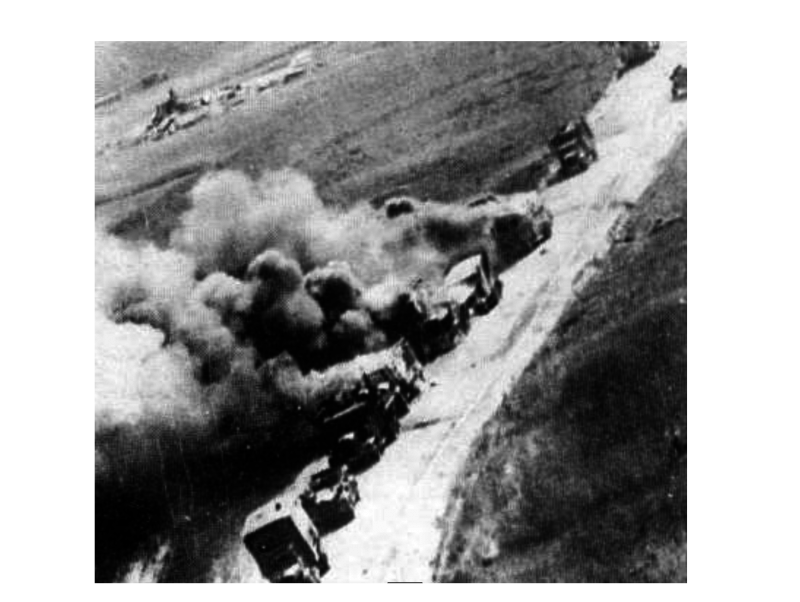
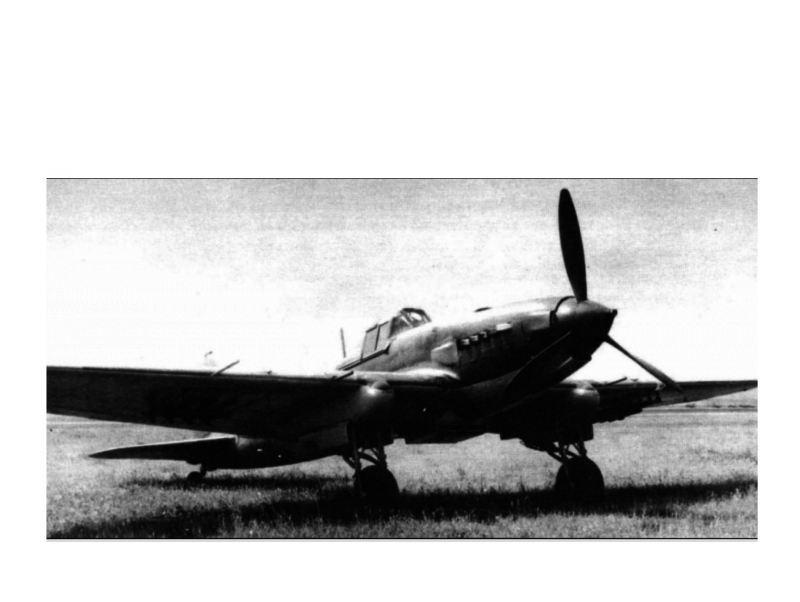
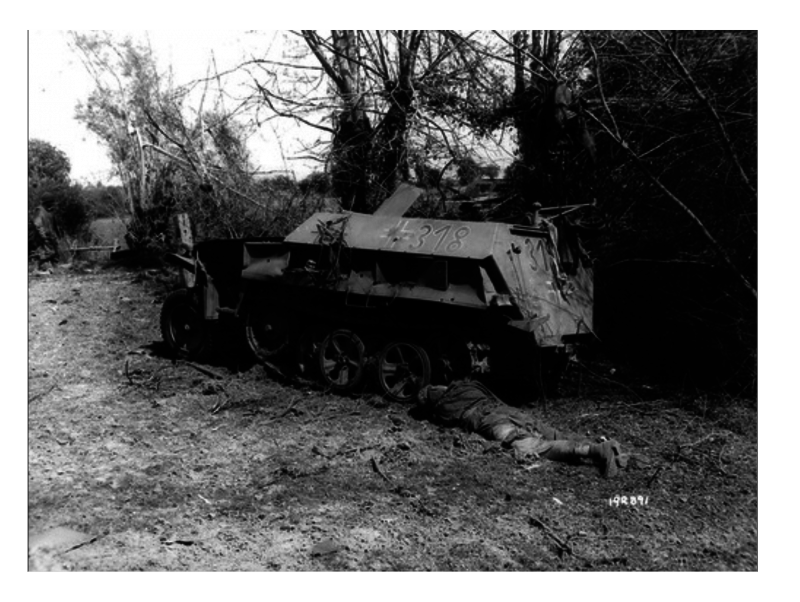
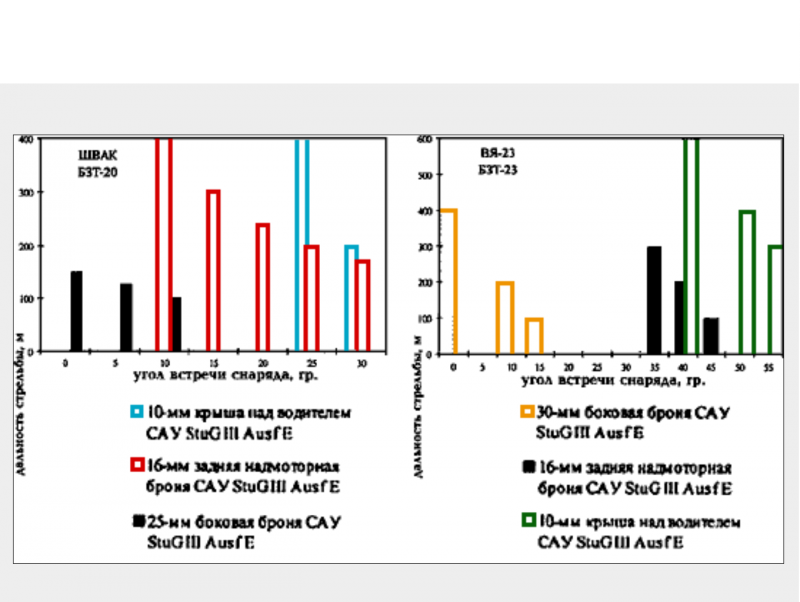
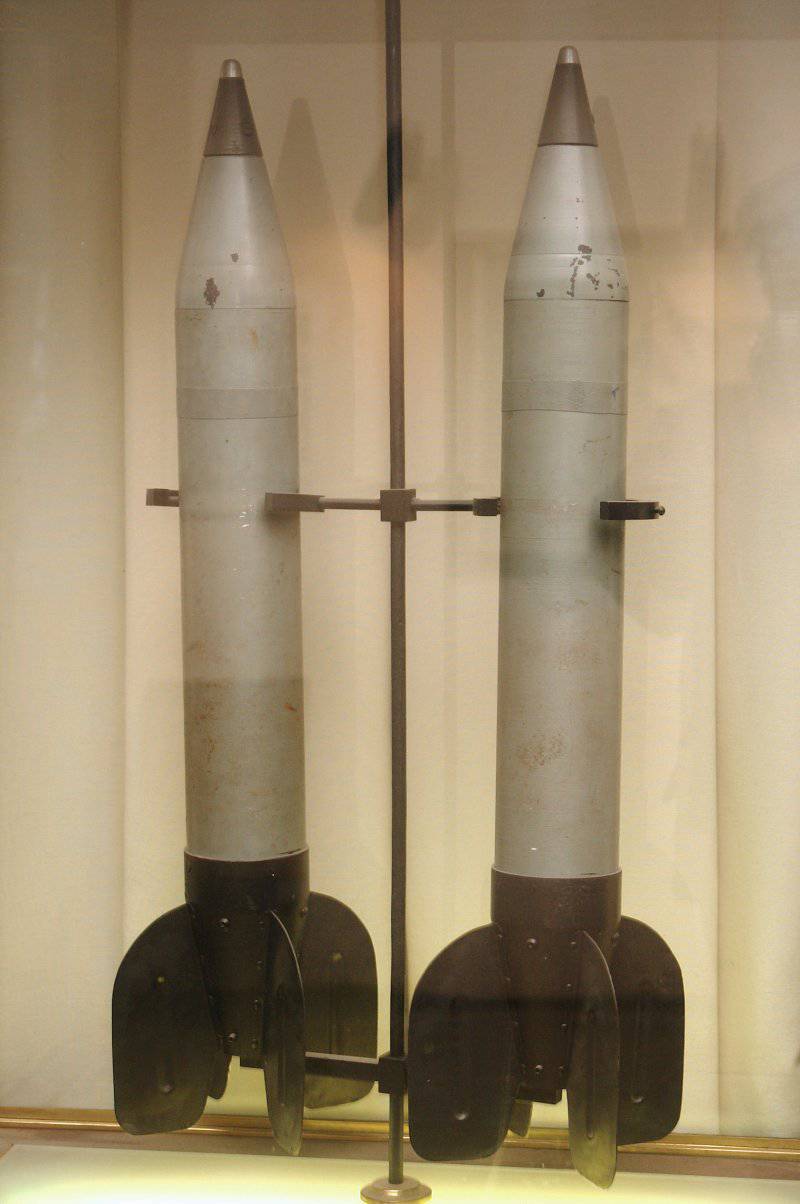
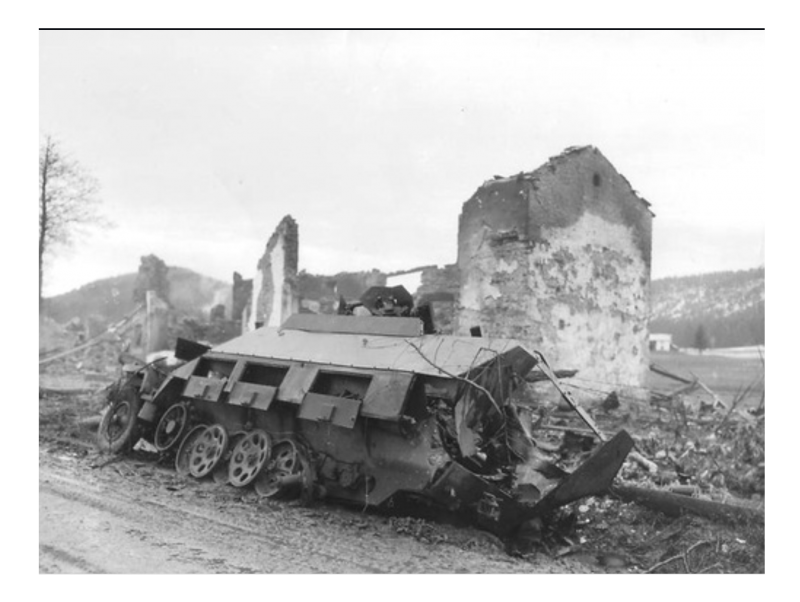
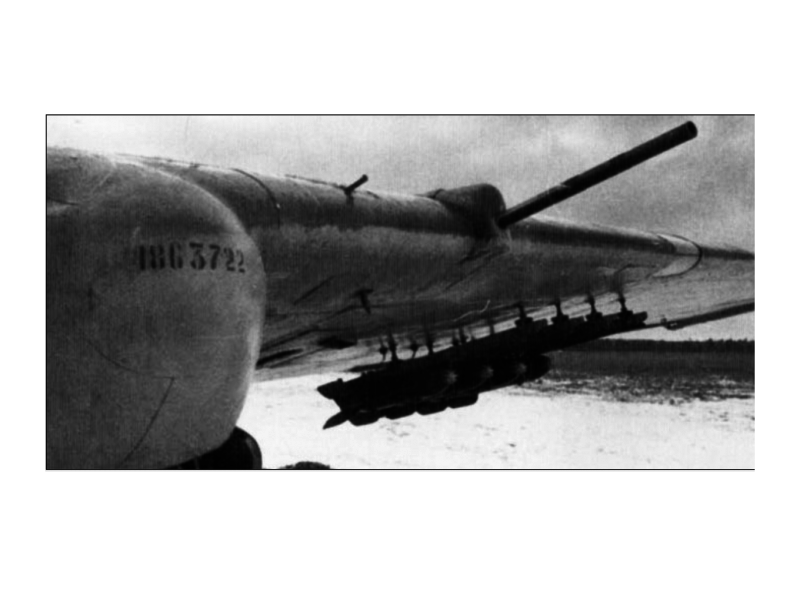
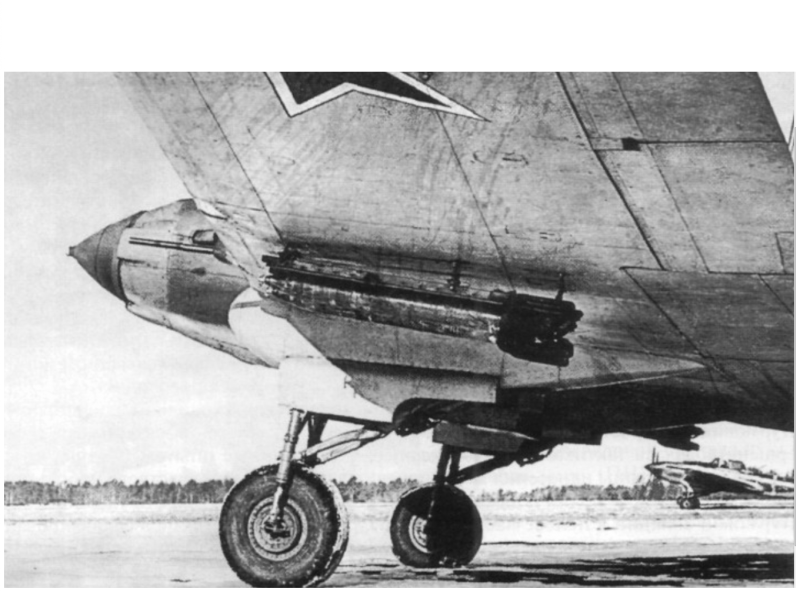
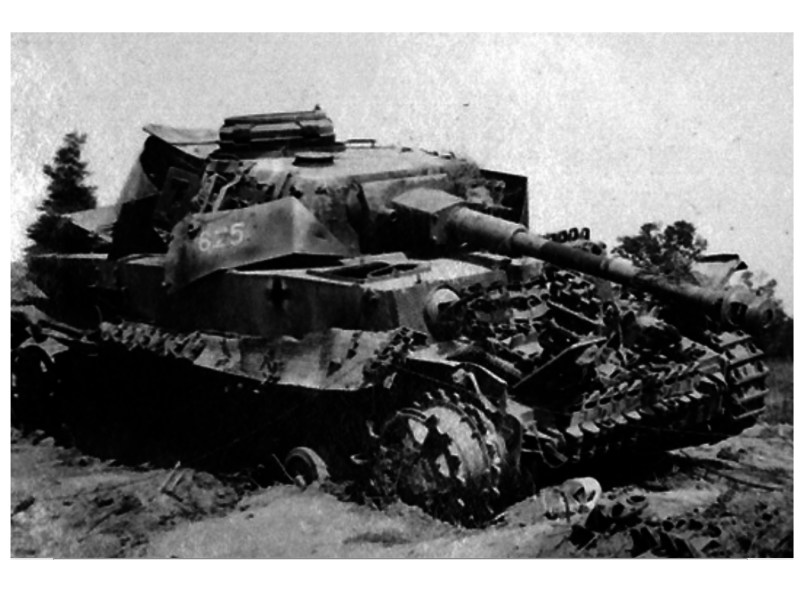
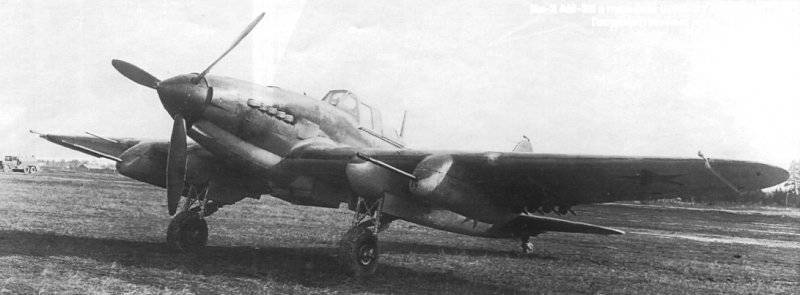
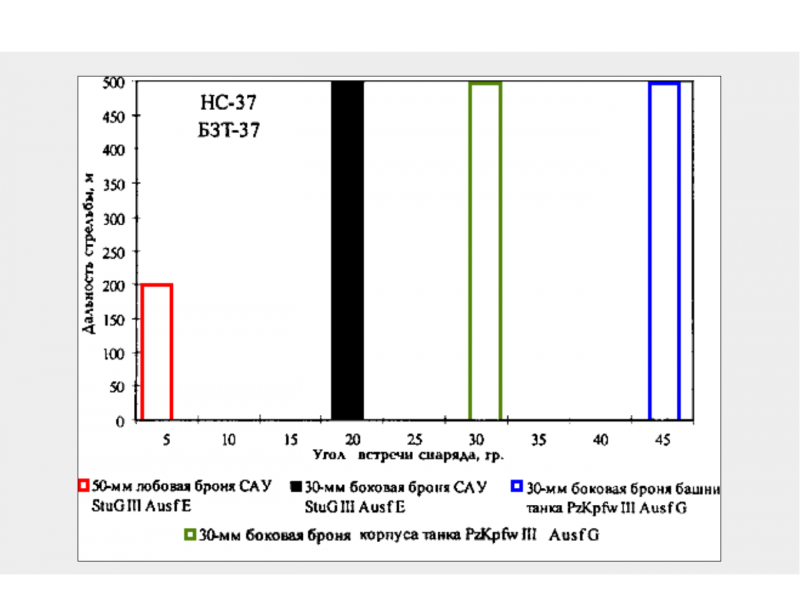
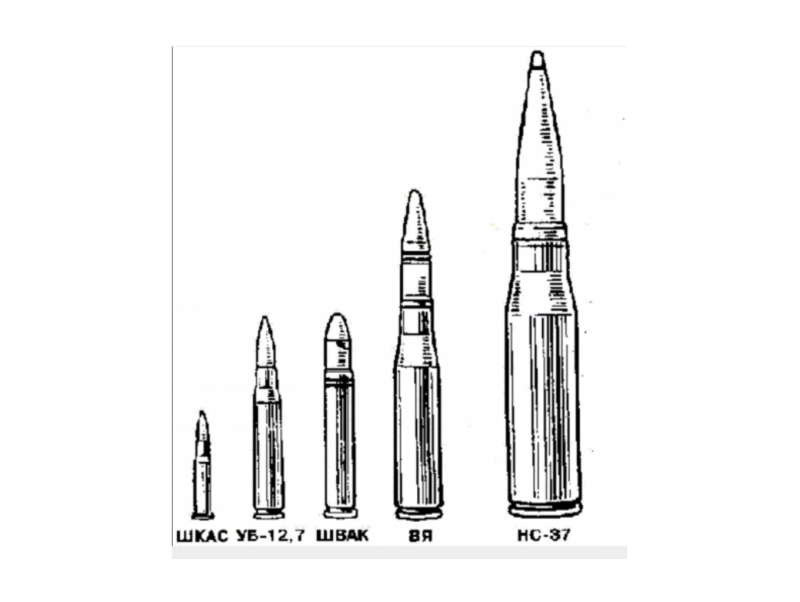
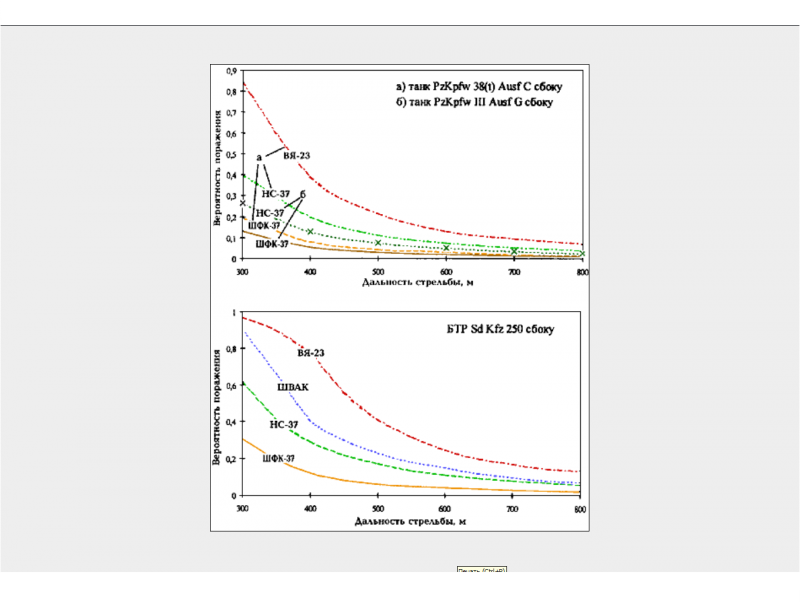
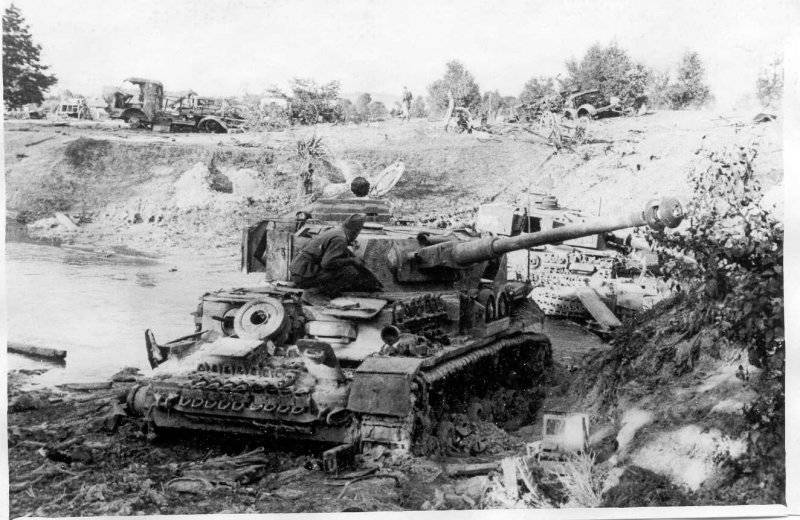

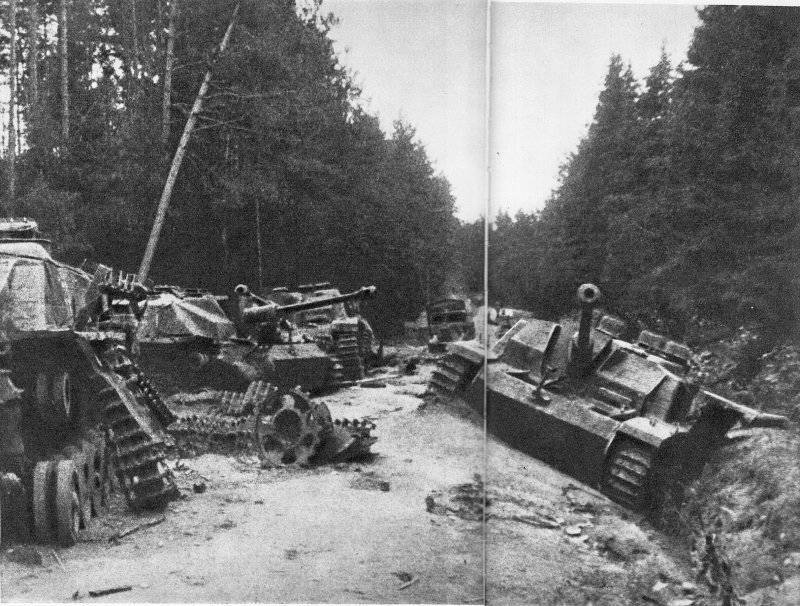
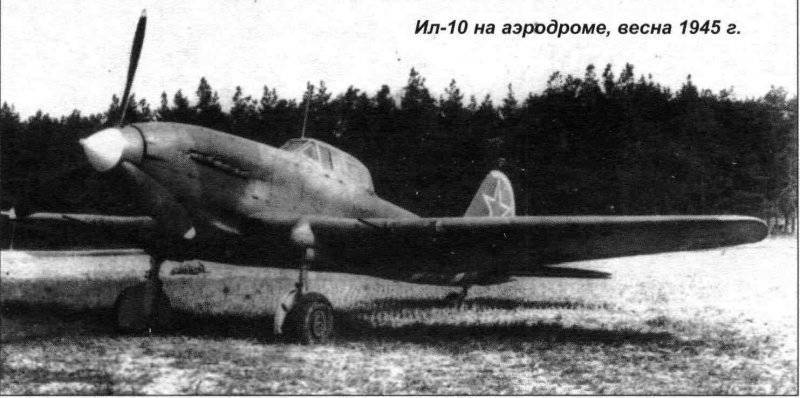
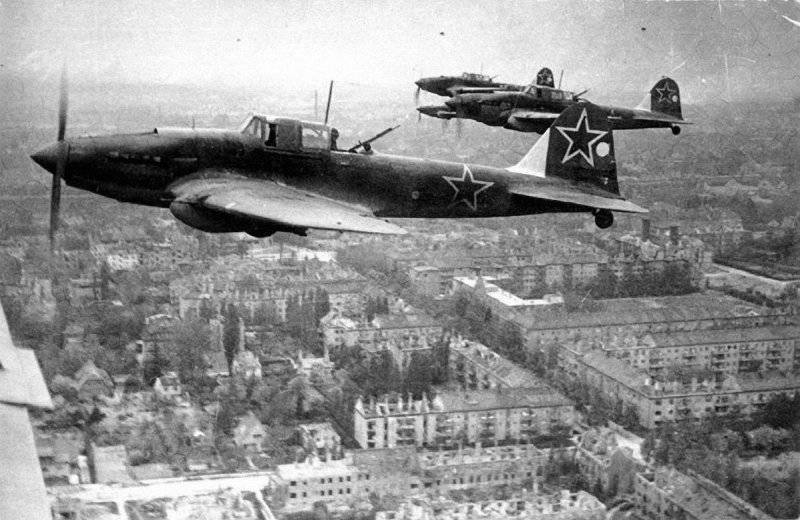
Information